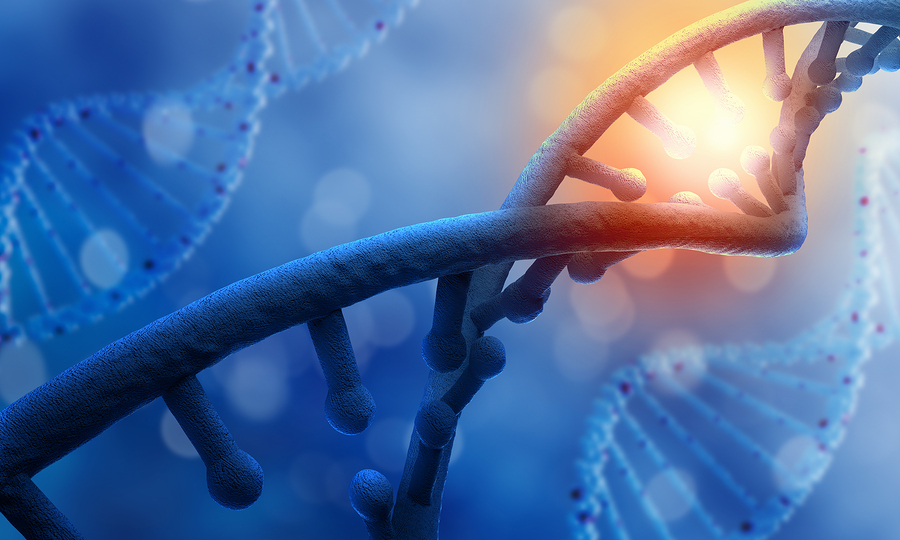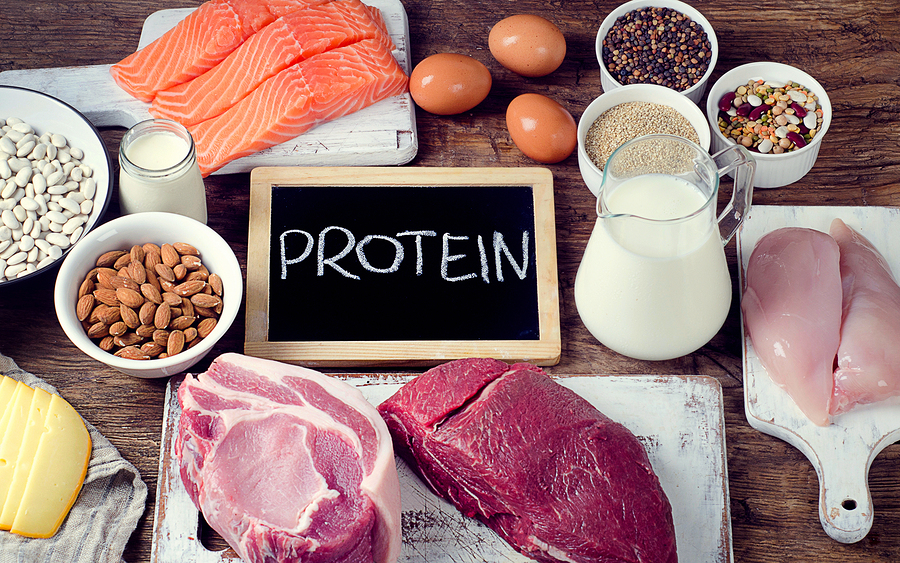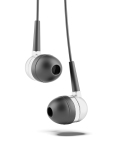 First, I want you to understand “what happens” that triggers weight gain and crushes energy.
First, I want you to understand “what happens” that triggers weight gain and crushes energy.
WHY IS THE THANKSGIVING FEEDING FRENZY SO PERILOUS?
Let’s start toward the end of the meal. After stuffing yourself silly, you eat pastries, desserts, and pies, and as glucose leaves your gut and enters the bloodstream, blood sugar spikes.
The blood sugar spike creates an insulin spike, a reduction in insulin efficiency, and overwork for the liver which valiantly tries to remove some of the excess glucose (sugar).
This isn’t necessarily a road to doom, as a restoration of “normal” eating will restore hormonal normalcy.
The challenge compounds when post-gluttony cravings creep in. The erratic bouts of sugar ingestion prompted by sugar-induced spikes and radical drops in the neurotransmitter dopamine creates a blood sugar roller coaster and the body maintains a state of insulin dominance.
This isn’t good. I mean, the treats taste good and all . . . but . . . it isn’t good if you’re going to react at all when the scale gives you a bit of good news.
Let’s put things in perspective.
All of this simply means . . . hormonally, after the meal and the residual binges, you’re in a state where energy drops become frequent, cravings become almost irrepressible, and the resultant inner environment becomes ideal for fat storage.
Now let’s back up a bit to understand what shifts preceded the blood sugar concerns.
YOU EAT A MEAL . . . AND OVERRIDE LEPTIN
Leptin is a hormonal messenger that serves to tell the brain what the gut is thinking and feeling. Once enough food has been consumed to meet appetite’s request, fat cells release leptin which signals the brain with the simple message “enough.”
Both the anticipation and the visual stimuli of the Thanksgiving meal allow the prefrontal cortex to literally override the leptin signal. You can eat beyond what would normally trigger the satiation signal, and overeating becomes par for the course.
In simple terms, once the turkey, stuffing, and mashed potatoes exceed the size of a typical or normal meal, the digestive tract becomes overwhelmed and movement along the intestinal pathway is slowed. An abundance of nutrients combined with a propensity for fat storage that might have been prompted by a few pre-meal drinks or appetizers leads to . . . well . . . the obvious. Fat storage.
As the Thanksgiving eating frenzy continues to alter biochemistry, the liver is called upon to tackle some of the extra glucose circulating in the blood (not only from sugar consumed but also from the digestive potatoes, stuffing, and bread). The liver’s “sugar storage capacity” (glycogen stores) quickly hits tipping point and it relentlessly works to convert sugars into triglycerides (fatty acids).
The whole mix is a perfect storm for anyone looking to gain some weight.
That’s right! For anyone who wants to take up more room on the couch, haul more weight up and down the steps, and have a bit more trouble fitting into their favorite clothes, Thanksgiving is a nutritional dream come true.
For everyone else . . . you need an answer.
THE SOLUTION
Part of the solution lies in getting right back to nutritional normalcy ASAP.
Another piece involves “working off” the damage with some post-Holiday exercise . . .
. . . but there are some things you can do to “prep” the body to well handle the food onslaught before it begins, and that’s the intention of the “PreTox.”
MITOCHONDRIAL HUNGER
Fat is burned inside of a cell. To be more precise, the power center of the muscle cell, the “energy factory” where fat is burned as fuel, is called the Mitochondria.
If you create a “need” for fuel, not with excessive exercise that unintentionally activate the body’s preservational mechanisms, but with “just enough” to create a mitochondrial “hunger,” the nutrients you eat in the big holiday meal are “demanded” by hungry muscle cells. It’s harder to shift into a “storage” mode, when hormonally the body is in an “I need energy substrates” condition.
The exercise trick that works best to create the Mitochondrial Hunger I’m referring to asks you to do many repetitions of controlled muscular challenge in a short period of time followed by a brief aerobic session.
The “muscle training” exhausts stored glycogen and a post-anaerobic walk/run creates a need for fat release.
The exercise routine involves 6 or 8 different exercises performed in superset fashion.
15 reps of one, 15 reps of another. Pause and recover briefly. Repeat.
After momentary recovery (maybe 10 – 15 seconds) you repeat this 15, 15, rest process until 3 minutes have elapsed.
Then you choose two different exercises and repeat, 15, 15, rest . . . etc.
Total muscle training time: 9 – 12 minutes.
Yes, seriously, that’s it.
Then you immediately perform 6 – 12 minutes of aerobic exercise staggering the intensity (i.e. walk – run) followed by a cooldown.
If you do this routine for 3 consecutive days (ideally first thing in the morning) leading up to the big Holiday feast, your body’s going to handle the deluge of food quite differently than it would without Pre-Tox preparation.
BUT WAIT . . . THERE’S MORE.
Of course, you have to ensure that the mitochondrial hunger is not fully satisfied in the days before the eating orgy. A random guess at the best approach might lead someone to simply stop eating for a day or two.
Starvation is NOT the path. In fact, that will backfire massively.
If you attempt to starve leading up to a big meal, you’re likely to create a shift in thyroid activity and increase the likelihood of fat storage.
So . . . what’s the answer?
FAST . . . DON’T FAST. FAST . . . DON’T FAST.
The nutritional adjunct to the routine I gave you involves a strategy falling under the nutritional strategy category of “intermittent fasting.”
If we’re going to truly “prep” for the big meal and the follow up binges, we want to not only create the nutrient need (cellular hunger), but we also want to optimize the course along which those nutrients will travel. The digestive tract needs to be optimally primed.
A QUICK CLEANSING
The first course of action is to literally give the walls of the intestinal traverse a cleaning, not through a standard detox, but by asking the smooth muscles used to move food along throughout the digestive process their own simple workout, resistance free. Normally, when these muscles are called upon, they push the food you’ve eating into the stomach, and after those foods are broken down in an acidic enzyme bath, the residual nutrient globs are moved along the digestive tract to be absorbed and remaining waste is ultimately excreted. Those smooth muscles work hard.
In our Pre-Tox, we’re going to ask the esophageal and intestinal muscles to contract, but effortlessly. Here’s how. We’ll trick them into thinking you’re consuming a meal. The muscle contraction starts and since the tract is free of . . . . well . . . anything, it forces a sort of cleansing of the digestive walls. It also allows the entire system a well-needed break from moving food and waste along allowing for healing and recovery.
We do this by ingesting the juice of a lemon (organic) in warm water first thing in the morning on an empty stomach. If you’re used to waking up and eating breakfast, you might experience hunger on the first day of the Pre-Tox process, but most people find by the second day appetite becomes shockingly accommodating.
4 or 5 hours after the lemon / water you’ll consume a smoothie that you make yourself (store bought concoctions are likely going to have too much sugar unless you shop at a natural market with a concern for optimal ingredients from a health perspective).
You’ll blend up (in a blender, not a juicer) celery, dark green leafy leaves (arugula, baby spinach, kale, etc.) and some spring water or coconut water. I do have a specific recipe we use in the Pre-Tox, but any “loaded” green smoothie with fiber and an array of nutrients and phytochemicals will do.
The fiber continues the cleansing the smoothie is highly nutritious, and the “ease” of digestive muscular contraction allows the “healing” to continue.
WHEN DO WE EAT?
The idea is not to avoid food, but to maximize its impact upon healthy metabolism. Near what would conventionally be considered dinner time, you eat.
The first actual food meal might be at 4:00. You can have any sort of protein (salmon, chicken, turkey, whole eggs, etc.), grass fed meats are ideal (beef, buffalo, lamb) or a vegetarian meal containing soy, beans, and/or protein-rich grains (quinoa, amaranth, etc.). You’ll also want to include either a slow release natural carbohydrate (i.e. sweet potato or the grains just mentioned) or a food supplying “healthy fat” such as avocado, grass-fed cheese, or coconut oil (note that there is “healthy” fat in grass fed meat and whole eggs).
Once you take your first bite of that meal, you have a four-hour window during which you’ll eat. I know it runs counter to what you’ve heard about dieting, but . . . you want another “meal” which will conclude about 4 hours after the first bite of protein.
So, the day might look like this:
- 7 am – lemon / water
- Noon – Green Smoothie
- 4:00 – Protein / Fat meal
- 7:15 – Protein / Fat meal
- 8:00 – Fast until 7 am next morning when you have the lemon / water
There’s a great deal more I can share, and in fact, I will in the “Pre-Tox” webinar scheduled for Monday, November 20, at 7 PM Eastern Time.
You’ll want to be there.
If you’re registered for the 21 Day Metabolic Reboot program or you’re in my ALIVE Across America Human Betterment group, you’re already registered. If not . . . you better hurry and send me an email telling me you want to attend.
Email phil@philkaplan.com
 The “Metabolic Reboot”
The “Metabolic Reboot” Are Carbs Really the Culprit . . . Is “Cutting Them” The Answer?
Are Carbs Really the Culprit . . . Is “Cutting Them” The Answer? He sat at the next table choking down grilled chicken breasts. That wouldn’t be unusual were it not 7:00 AM, breakfast time. He explained to the skinny waiter that the key to building muscle was protein, protein, protein. Mike, the heavily muscled personal trainer who hadn’t learned not to speak with his mouth full seemed to be enjoying the chicken as much as I’d enjoy eating the placemat.
He sat at the next table choking down grilled chicken breasts. That wouldn’t be unusual were it not 7:00 AM, breakfast time. He explained to the skinny waiter that the key to building muscle was protein, protein, protein. Mike, the heavily muscled personal trainer who hadn’t learned not to speak with his mouth full seemed to be enjoying the chicken as much as I’d enjoy eating the placemat.





